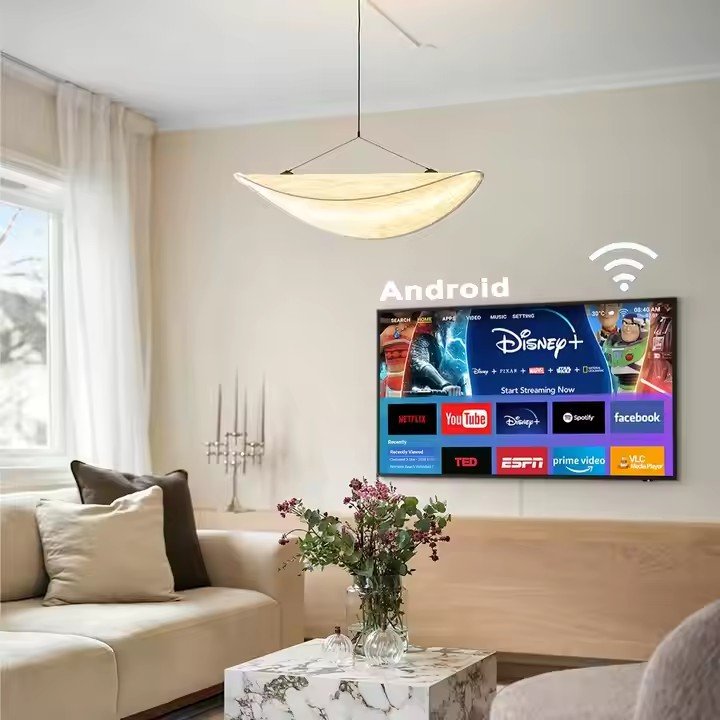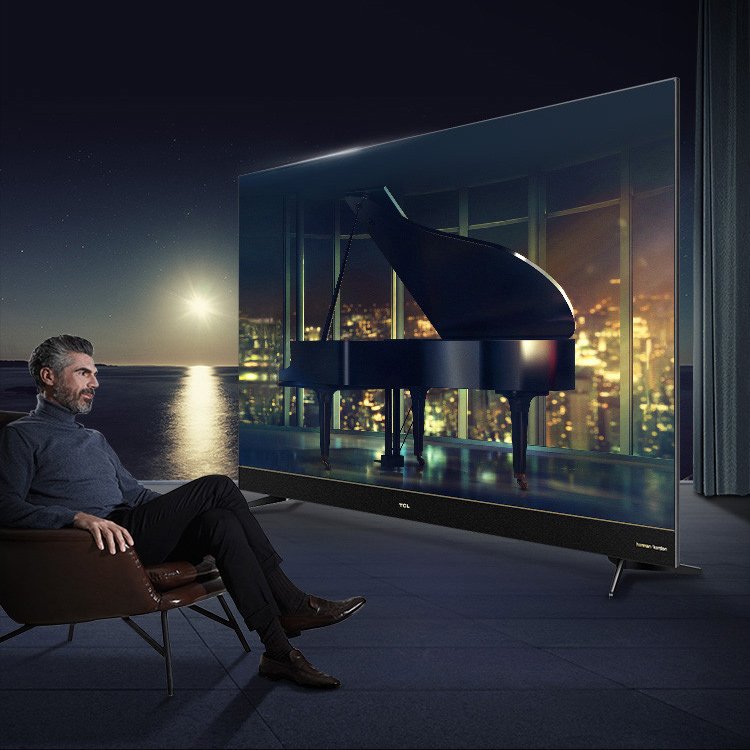The OEM Smart TV Revolution: Technology, Manufacturing and Market Strategies
1. Understanding the OEM Smart TV Ecosystem
1.1 Defining OEM in Television Manufacturing
OEM smart TVs represent a $48.7 billion global market (2024 figures) where manufacturers produce televisions that are later branded and sold by other companies. Unlike ODM (Original Design Manufacturer) models, OEM TVs are typically manufactured according to precise specifications provided by the brand owner.
The OEM model allows brands to:
- Avoid heavy capital investments in production facilities
- Reduce time-to-market for new technologies
- Focus on software and user experience development
- Scale production rapidly based on demand
1.2 Key Players in OEM Smart TV Manufacturing
The industry is dominated by Asian manufacturers with concentrated production hubs:
Major OEM Smart TV Manufacturers:
- TPV Technology (China) – Produces 22% of global OEM TVs
- Skyworth Digital (China) – Specializes in mid-range Android TVs
- Vestel (Turkey) – European market leader with 18% OEM share
- Amtran Technology (Taiwan) – Primary OEM for several American brands
- Radiant Technology (China) – Emerging player in 8K OEM production
2. Core Technologies in Modern OEM Smart TVs
2.1 Display Panel Innovations
OEM manufacturers have adopted modular panel strategies:
Current Panel Technologies:
- QLED (Quantum Dot): 42% of premium OEM models
- OLED: 28% market share in high-end segment
- Mini-LED: Fastest growing at 67% YoY increase
- Standard LED: Still dominates budget segments (58% of units)
2.2 Smart TV Operating Systems
The OS landscape has become increasingly fragmented:
Market Share of Smart TV Platforms:
- Android TV/Google TV: 39% (growing at 12% annually)
- Roku OS: 22% (North America dominant)
- Proprietary Systems (Samsung/LG): 28%
- Linux-based Systems: 11% (declining)
2.3 Connectivity Standards
Modern OEM TVs incorporate:
- Wi-Fi 6 (802.11ax) in 78% of 2024 models
- Bluetooth 5.2 for peripheral connectivity
- HDMI 2.1 (48Gbps) in 62% of mid-range and above models
- USB4 ports emerging in premium segments
3. The OEM Manufacturing Process
3.1 Supply Chain Management
A typical OEM smart TV contains components from 12-18 countries:
- Display panels (China/South Korea)
- Chipsets (Taiwan/US)
- Power systems (Japan/Germany)
- Plastic housings (Localized production)
3.2 Quality Control Benchmarks
Leading OEMs implement:
- 72-hour burn-in testing for 15% of units
- Automated optical inspection (AOI) for 100% of panels
- 37-point functionality checklist before packaging
- Climate testing (-20°C to 60°C) for reliability
4. Market Dynamics and Business Models
4.1 Regional Market Variations
North America:
- 68% of TVs sold through big box retailers
- Average selling price: $487 (2024)
- 42% prefer Roku OS models
Europe:
- Strong DVB-T2 tuner requirements
- 54% market preference for Android TV
- Average size: 50″ (growing 1.3″ annually)
Asia-Pacific:
- 39% year-on-year growth in OEM sales
- Preference for local content platforms
- 61% of sales under $300 price point
4.2 White Label vs. Branded OEM Models
White Label Advantages:
- 30-45% lower production costs
- Faster iteration cycles (6-9 months)
- Customization flexibility
Branded OEM Benefits:
- Higher margin potential (22-38% vs 8-15%)
- Better long-term customer retention
- Easier software update management
5. Future Trends in OEM Smart TV Production
5.1 Emerging Technologies
- MicroLED adoption expected to reach 12% by 2027
- 144Hz refresh rates becoming standard
- Ambient mode integration in 74% of 2025 models
- AI upscaling in 92% of mid-range+ TVs
5.2 Sustainability Initiatives
Leading OEMs are implementing:
- 35% recycled materials in 2024 models
- Power consumption reduced by 22% since 2020
- Modular designs for easier repairs
- Take-back programs in 48 countries
5.3 The Impact of Streaming Evolution
- 83% of OEMs integrating AV1 decoding
- Cloud gaming readiness in 65% of new models
- Voice control adoption reaching 89%
- Unified content discovery platforms









